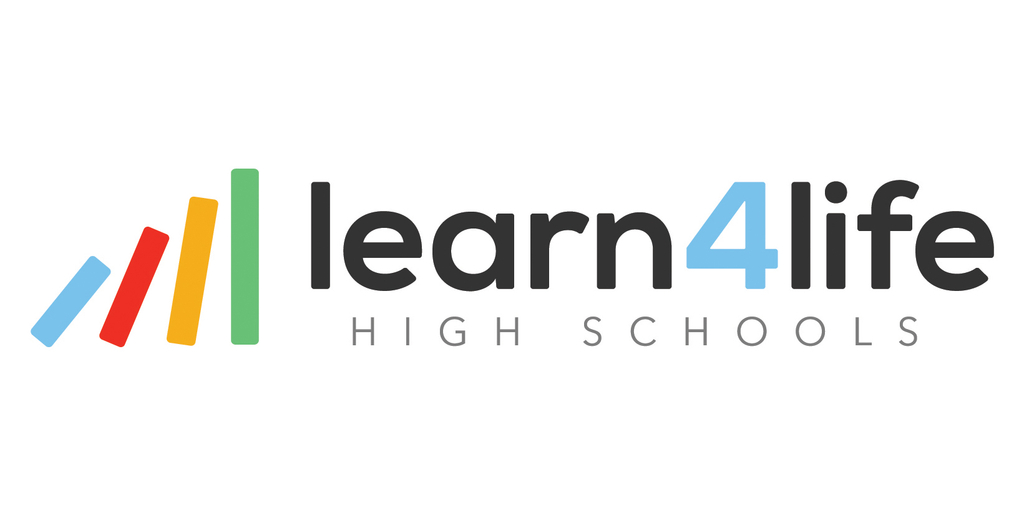Personalized learning, flexibility and extra counseling among the reasons
LOS ANGELES–(BUSINESS WIRE)–#education–Only half of youth in foster care in the U.S. will graduate high school – and within the first year, 20 percent will be homeless and 25 percent will be incarcerated. A startling 71 percent of girls will be pregnant by age 21.1
Learn4Life, a network of 80+ public high schools, has a far different story to tell. Their graduation rate for foster youth is 82 percent – and even during the pandemic was at 80 percent – yet traditional high schools hover at 50 percent.
The answers – personalized learning, flexibility and consistent support from the school counseling and student services staff – according to Jaspreet Kaur, school counseling coordinator at Learn4Life.
“Many foster students have experienced frequent school changes and are significantly behind in credits. That’s why we begin by evaluating their strengths and learning styles to develop a personalized education plan,” she explained. “Flexibility is key, as these students often face unstable living situations and other challenges. We allow them to schedule their coursework and teacher meetings in a way that fits their unique circumstances.”
Learn4Life has a lower student-to-school counselor ratio that most schools, allowing them to spend more time with each student and provide the help they need – academically, emotionally and in planning their future.
“Foster students often fall through the cracks in traditional high schools, which typically lack the capacity to offer personalized support,” she said. “In fact, foster youth are suspended or expelled at three times the rate of their peers. Our model is different; we have a very low suspension rate. Since our approach resembles a college setting with a focus on independent study, students aren’t pressured to keep pace with others, which reduces frustration. As a result, we rarely see the behavioral issues that are common in more traditional high school environments.”
May is Foster Care Awareness Month, a time to focus on foster families and the challenges the youth face. Kaur points out that most of their lives they have dealt with uncertainty, found themselves in horrible situations through no fault of their own. Plus, since they move around frequently, they’re often the new kid in school which leads to bullying. “We understand that it’s going to be hard for any student to focus on school when they’re home life is lacking stability,” she said. “Our schools often become a second home to all our students.”
Kaur says that Learn4Life keeps in touch with all its students for two or more years after they graduate, to help them find community resources, apply for financial aid or scholarships, enroll in college or trade school and anything they can to help them make the transition into adulthood.
“Career technical education (CTE) in high school is especially important for foster youths, since at the age of 18 or 21 in some states, they likely will be on their own financially,” she added.
Current statistics show 50 percent of foster youths as unemployed by age 24.1
“We want to help them find a career path long before that,” she said. “Learn4Life schools offer CTE pathways in an array of careers, such as nursing and dental assistants, culinary, construction, IT, media arts and even robotics.”
For more information about Learn4Life and its personalized learning model, visit www.learn4life.org/on-site-high-school/.
1 https://www.fosteryouthofamerica.org/the-97-project
Contacts
Ann Abajian
pr@learn4life.org
559-903-7893





